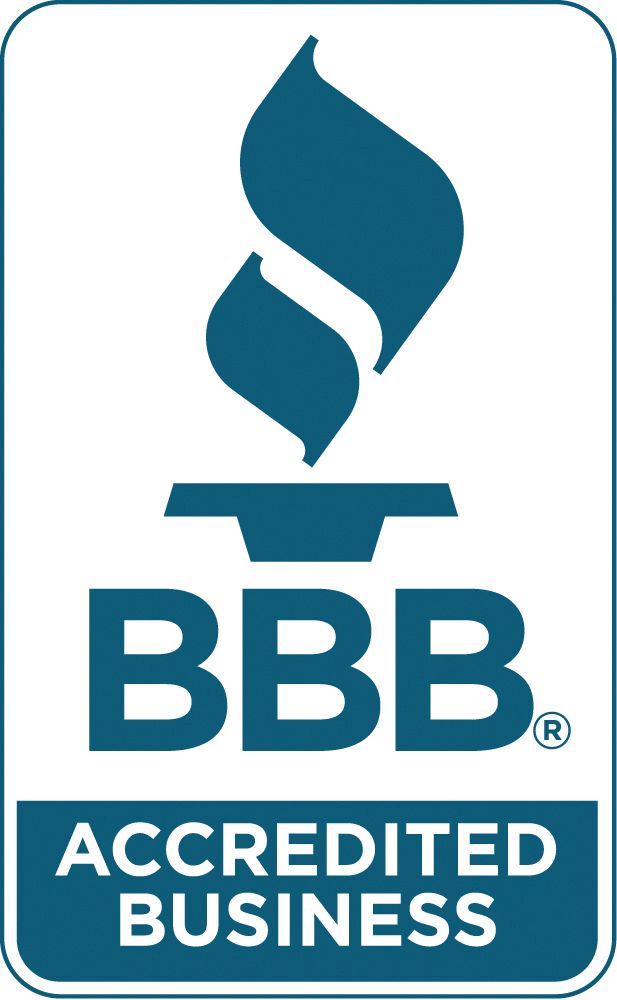Integrating Assessment Measurements and Treatment Planning
Behavioral health practitioners use assessments and treatment planning functions throughout their clinical services with a client. It happens in the beginning when a client first enters care. The assessment process consists of interviews plus the use of measurement tools to gather precise information about the client. Then with this knowledge, the diagnosis is acquired and the practitioner moves on to the treatment planning, continuing to re-assess and update the treatment plan.
However, most practitioners consider the assessment and treatment processes as two separate phases rather than as one. Measurement tools such as the Beck Depression Inventory or the Child and Adolescent Needs and Strengths (CANS) provide valuable data for the practitioner about the client’s functioning. But why is there no connection between this data and the treatment options? And if there is a connection, why is so much left up to the practitioner’s knowledge and why does the tool’s result directly integrate with the treatment?
For example, suppose a youth enters treatment who has a history of trauma. The practitioner administers the UCLA PTSD Reaction Index (PTSD-RI) to the youth. Through the measurement tool, the practitioner then may use it to develop a diagnosis of Post-Traumatic Stress Disorder (PTSD) and that the youth’s functioning in school or at home is impaired by their trauma memories. Now when it comes to treating the youth, they may turn to different modalities of treatment. Trauma-Focused Cognitive Behavioral Therapy, Eye Movement Desensitization, and Reprocessing, or Seeking Safety are some of the more popular evidence-based treatments.
However, when a practitioner develops their treatment plan, all they may put into the interventions are, “Use TF-CBT with the client.” “Provide coping skills with Seeking Safety.” The client does not necessarily get their specific issues dealt with. As an example, in the PTSD-RI, one of the statements is “I have trouble going to sleep, wake up often, or have trouble getting back to sleep.” How are the treatment modalities going to specifically deal with that behavior? There is an assumption that sleeping will improve once the trauma is dealt with, but that doesn’t always happen. Shouldn’t there be a connection between the problem (sleeping) and the solution (ways to remove barriers to sleep)?
By having an integrated system that takes the answers from a measurement tool and then turns them into treatment interventions, the practitioner directly engages the client in the problems that are of most concern to them. This approach leaves less guesswork to the client and more success in treating them.
Praxes’ treatment software, Apogee, generates treatment interventions from assessment measurements such as the CANS and the Pediatric Symptom Checklist. For more information, please contact us.




